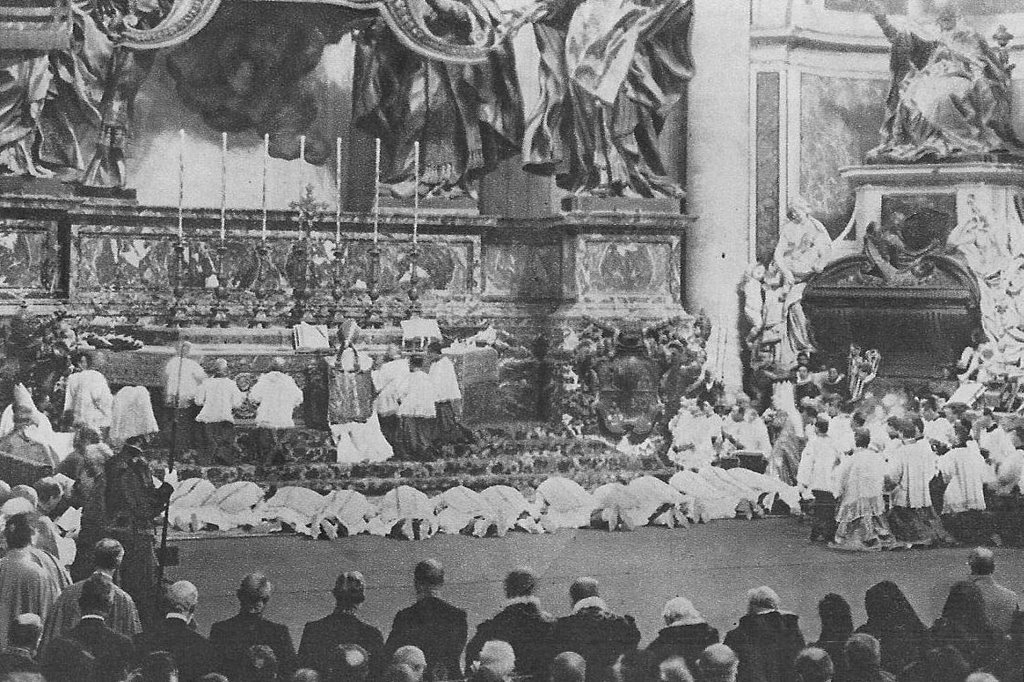In the lineamenta (indications) prior to the last Synod of Bishops on the "New Evangelization", held in 2012, a series of questions were sent to the various regional levels of the Catholic bureaucracy worldwide. The lineamenta presentation itself explains what was wanted by the Synod of Bishop Secretariat:
These Lineamenta, drawn up with the assistance of the Ordinary Council of the General Secretariat of the Synod of Bishops, are an important stage in preparation for this synod assembly. At the end of each chapter some questions appear which are aimed at generating discussion at every level of the Church. With this in mind, these Lineamenta are being sent to the synods of bishops of the Eastern Catholic Churches sui iuris, the episcopal conferences, the dicasteries of the Roman Curia and the Union of Superiors General, with whom the General Secretariat of the Synod of Bishops maintains official contacts. These bodies are to encourage discussion on this document in their respective areas of competence: dioceses, pastoral areas of jurisdiction, parishes, congregations, associations, movements, etc. The episcopal conferences, synods of bishops and the previously mentioned bodies will then summarize the observations and submit a report to the General Secretariat no later than 1 November 2011, the Solemnity of All Saints.
The lineamenta then included a long series of questions for these local discussions.
Now, the exact same thing is being asked for the Extraordinary Synod convoked by Pope Francis for 2014 on the Family. Since it is a shorter process, the procedure has been summarized, but the intent is the same: to present questions prepared by the Synod Secretariat to the Conferences of Bishops for local discussion. The questions were posted here by NCR, delivered to them by one of their USCCB contacts. In the procedure used for this Extraordinary Synod, the answers will then provide a basis for the lineamenta, but it makes no difference - in the 2012 regular synod, the order was the same: questions formatted by the Synod Secretariat, to be discussed on a local level, and presented as input to the Synod. The only difference now is that the lineamenta will be presented much closer to the Synod's date, which is to be expected considering the 2014 Synod's Extraordinary and rushed nature. The very complex and verbose nature of the current questions make it clear that they are not meant for individual debate by Catholics, but presented for input by local-level bureaucratic structures.
That was not enough to prevent the current set of questions from already being portrayed by religion reporters on Twitter - led astray by the usual liberal Catholic sycophants - as an "unprecedented" "poll" on "controversial questions". We are not a democracy yet, but this "level of discussion" is "incredible".
The media, especially in the Anglosphere, must become more discerning when reporting on this pontificate. There is no need for the malicious anti-Catholic stridency of the Ratzinger years, but the current level of naïveté is ridiculous, and a disservice to readers, Catholic or non-Catholic. Time to find a middle ground anchored in truth.








.jpeg)




















